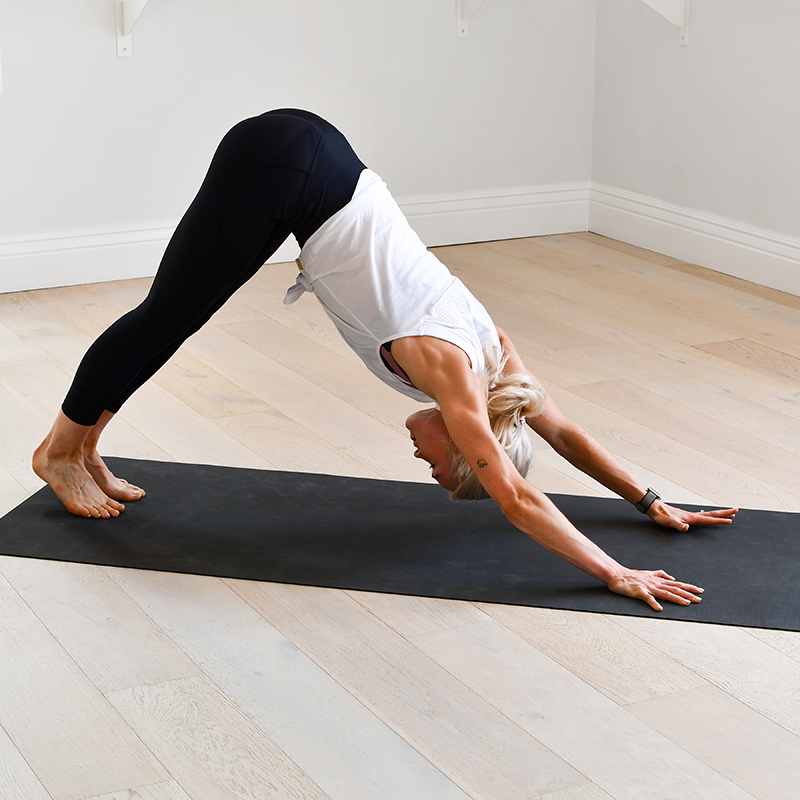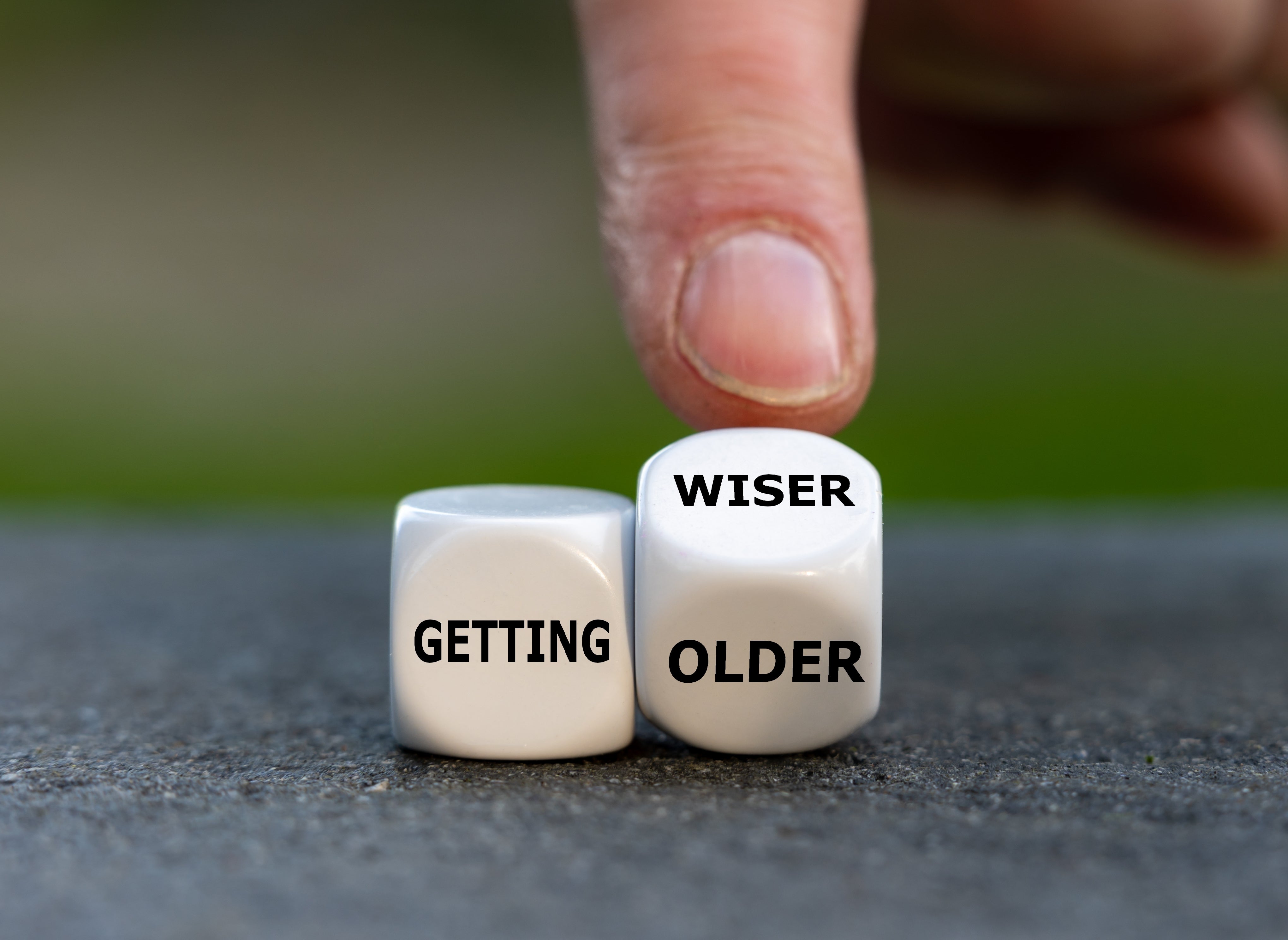During the pandemic, many of us experienced difficulties with our emotional health or saw friends and loved ones struggle. Looking after our mental health and wellbeing has never been more important, whether we are currently experiencing mental health difficulties or not. Just like our physical health, there are things we can all do to help us look after our emotional wellbeing and face the challenges that life throws at us.
Connect with nature
Nature is hugely beneficial in supporting our mental health and wellbeing. Many of us turned to nature during the pandemic, whether that was connecting with nature by visiting our favourite parks, spending time in personal gardens or green spaces. In fact, research from the Mental Health Foundation showed that 50% of adults who experienced stress as a result of the pandemic said that visiting green spaces such as parks, helped them cope (https://www.mentalhealth.org.uk/news/coping-with-the-pandemic). Walking outside and visiting green spaces were considered the most helpful ways to cope with stress. So, I invite you to take a moment to connect with nature every day – stop and listen to the birdsong, feel the sun or wind on your face, notice the trees or flowers nearby, and smell the freshly cut grass. Immersing yourself in the great outdoors will help you to feel more grounded.
Manage stress
Stress is not something that we can completely avoid – being under pressure is a normal part of life. In small doses, stress can have positive effects. For example, it can be motivating to help us achieve things in our daily life. However, if you start to feel overwhelmed by stress, you may start to notice an impact on your physical and mental health. In addition, excessive and prolonged stress can lead to burnout. Therefore, it is important to know what triggers stress for you and how to best cope with stress to look after your mental health and wellbeing. Knowing your triggers can help you anticipate difficulties and think of ways to solve problems.
You can learn how to cope with stress by managing external pressures. It can be helpful to think about whether you can make changes to the way that you manage your time to help you feel more in control of what you have to do. Remember to take regular breaks, ask for help when needed, prioritize, delegate when possible, and make sure that you are setting yourself achievable goals and not setting yourself up for failure with large, unrealistic goals. You can also learn how to develop your emotional resilience so that you are better at coping with stressful situations. There are a range of ways to develop your emotional resilience such as building your support network and making sure that you surround yourself with supportive people who lift you up. Other ways to build your emotional resilience include practicing relaxation techniques, maintaining balance in your life, looking after your physical health (e.g. make sure you get enough sleep, exercise regularly, eat nourishing foods), learning to be kinder to yourself and connecting to your core values (clarify your core values and then work on consciously acting on these). Interestingly, it has been indicated that connecting to personal values can help people be more resilient in the face of stress.
Reframe your thoughts
We all have thousands of thoughts that pop into our minds everyday (also known as automatic thoughts). Sometimes these thoughts are accurate and helpful but sometimes they are inaccurate and unhelpful and can have a negative impact on how we feel. The idea behind Cognitive Behavioural Therapy (CBT) is that we can change the way we feel by changing how we think. Reframing your thoughts is one way to help you think differently. Reframing is a technique used in CBT that helps you to change the meaning of something and therefore the way you feel about it and thus your experience. The aim is not to think happy thoughts, rather, it is to think more accurately.
The first step in changing what you think is to know what you are thinking in the first place. The best way to catch your thoughts is to use a thought record to monitor your thoughts, feelings and the situations in which they are experienced. In the first column, record the situation (Where were you? Who was there? What happened? When did it happen? What were you doing?). In the second column, record your feelings (What did you feel?) and in the third column, record your thoughts (What thoughts or images went through your mind?).
You can then begin to work on reframing your thoughts. There are various ways to reframe your thoughts. Below is an example:
-
What was happening? Where were you? Who was there? When did it happen? What were you doing?
-
How did you feel in that moment? What did you feel in your body? How strong was that feeling on a scale of 0-100?
-
What thoughts or images were going through your mind?
-
Evidence that supports the thought. What facts or evidence support the truthfulness of the thought? What makes you think that the thought is true?
-
Evidence against the thought. What evidence suggests that the thought may not be 100% accurate?
-
Alternate thought. Knowing what you know now (taking into account the evidence for and against the original thought), what would be a more accurate way of responding to the situation/event?
-
Feelings (post-reframing). How do you feel after reframing and changing the way you think about the situation now? How strong is that feeling on a scale of 0-100?
By reframing your thoughts, you should be able to learn to view a situation through a clear lens and therefore change the way you feel.
Article by Lorna Devine
Website: www.lornadevine.com
Instagram: @lorna_devine
REFERENCES
- https://www.mentalhealth.org.uk/news/coping-with-the-pandemic


















































